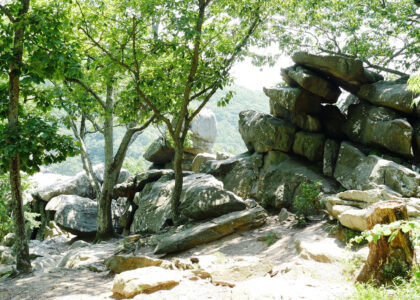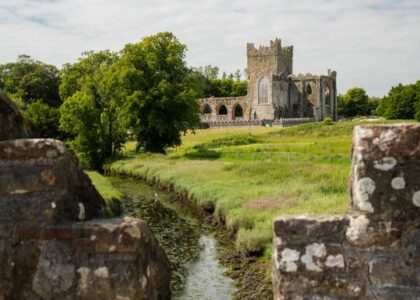Welcome to the Cliff Walk in Newport, Rhode Island, a captivating blend of natural beauty and historic grandeur. As you stroll along this 3.5-mile path, you are not just walking a trail but stepping into a vivid narrative of American history. Established as a public access path in the 19th century, the Cliff Walk has long been a testament to Newport’s unique charm, where the rugged beauty of the Atlantic coastline meets the opulent history of the Gilded Age.
The Cliff Walk’s history is intertwined with the development of Newport as a summer playground for America’s wealthiest families. In the late 1800s, this area became the site of some of the nation’s most extravagant summer ‘cottages,’ built by industrial magnates like Cornelius Vanderbilt II. His mansion, The Breakers, is just one of several palatial homes that line the path, offering a glimpse into the lavish lifestyles of the era.
Imagine the likes of Edith Wharton and Henry James, who were frequent visitors to Newport, drawing inspiration from the dramatic seascapes and grand architecture. Wharton’s keen observations of high society life are said to have taken shape along these very cliffs.
Over time, the Cliff Walk has witnessed significant events, from the bustling social seasons of the Gilded Age to the quieter, more introspective walks of artists and writers who followed. During the 20th century, the path saw efforts to preserve its natural beauty and historic significance, leading to its designation as a National Recreation Trail in 1975.
Today, the Cliff Walk stands as a cherished public space, where visitors from around the world come to soak in the panoramic views of the Atlantic Ocean and the historic mansions. It’s a place where the past and present coexist, providing a serene escape and a window into a bygone era.
As you continue along the path, take a moment to appreciate its enduring legacy. The Cliff Walk is not just a path along the shore; it’s a journey through time, offering an unparalleled perspective on the cultural and architectural history of Newport.






